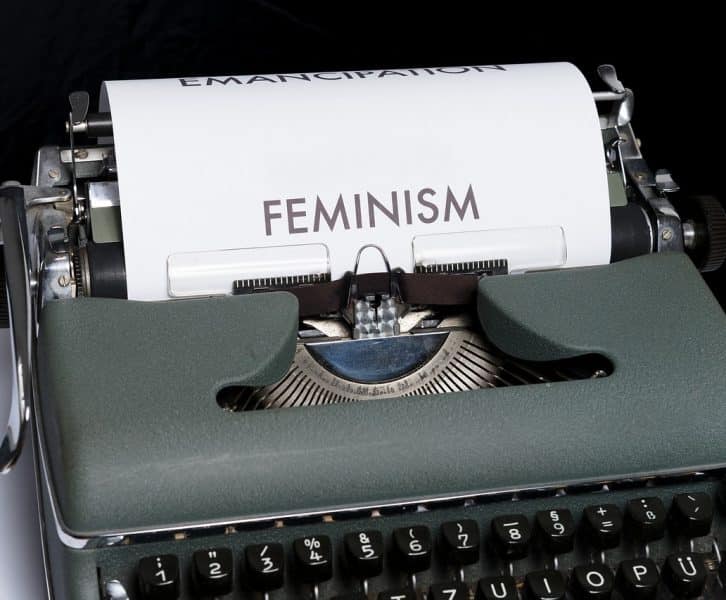In the United States, women, on average, make 85 cents for every dollar a man makes; this is what is known as the gender pay gap. Surrounded by controversies and misunderstandings, the gender pay gap has been a hot topic since the 1960s. To truly understand the gender pay gap, you have to understand its numbers and figures, how gendered discrimination in the workforce works, what occupation segregation is, and how this economic phenomenon reflects our societal structure.
What Statistics Say
According to USA Today, women make, on average, 85% of what their male counterparts earn for the same job. However, this average does not account for the difference in pay based on race, education, or job field. When these factors are taken into account, the gap quickly widens. The Institute for Women’s Policy Research found that White women make 73 cents to a dollar, Asian women 96 cents, Black women 64.6 cents, Latina women 58 cents, and Native American women only 52.4 cents to the dollar.
Surprisingly, Statista notes that the gap tends to widen, rather than shrink, as women attain higher educational degrees. Women with a high school diploma earn 21.4% less than men. Those with some college experience earn 22.2% less, while women with a bachelor’s degree earn 29.8% less. Women with a master’s or PhD earn 30.2% less than men with the same degree.
Furthermore, the American Academy of Art and Science states that jobs in the humanities pay women around 25% less than men. In STEM fields, women make about 22% less than their male counterparts, according to STEM Women. In corporate jobs such as finance and marketing, CNBC reports that women earn an average of 20% less than men.
These numbers demonstrate that the gender pay gap exists, but they do not explain WHY. The causes vary, but in incredibly simplified terms, the gender pay gap stems from discrimination, occupational segregation, and the impact of children and marriage.
Discrimination in the Workforce
According to Glassdoor, discrimination accounts for approximately 33% of the pay gap across all industries in the United States. Discrimination is what is known as the “unexplained” portion of the pay gap. It accounts for factors such as women’s résumés being rejected at an alarming rate, regardless of their expertise, women being offered lower starting salaries, and women receiving fewer promotions due to their work being undervalued.
Occupational Segregation
Occupational segregation is often used as a justification for women’s lower wages. Because women frequently enter “lower-paying jobs,” it makes sense that they are then paid less. This, however, ignores the fact that the jobs women commonly hold, such as teaching, social services, and administrative roles, are underpaid, not because they have less value, but because society undervalues women’s work. PayScale notes that when more women enter an industry, the overall salaries tend to decline rapidly. It also ignores the fact that male-dominated industries are unwelcoming, if not openly aggressive and hostile, to the women who dare to try to enter. For example, in the highly male-dominated field of medicine, Medical Economics reports that female doctors in the U.S. make an average of $110,000 less per year than male doctors.
Children and Marriage
Perhaps the most commonly cited factor is the impact of children and marriage. Married women who work full-time spend nearly 300 hours a year on household and caregiving duties, compared to 113 hours for married men, according to the New York Post. Women are expected to either juggle their jobs and children or abandon their careers entirely. While mothers and wives sideline or abandon their careers, fathers and husbands continue to receive promotions and salary increases. Gendered expectations and systemic misogyny cause these patterns. The U.S. economy and society function on the unpaid and often thankless labor of its women.
The gender pay gap is more than a statistic. It reflects outdated traditions, mass free labor, and the work that society values. Women’s salaries, careers, and opportunities are paying the price for every dollar lost to them. Closing the gap can’t come from hiring a few more female CEOs or a couple of raises. There needs to be a complete dismantling of a system that actively sabotages every woman’s career. Until society changes these structures, we aren’t just tolerating the pay gap; we are actively choosing it.







